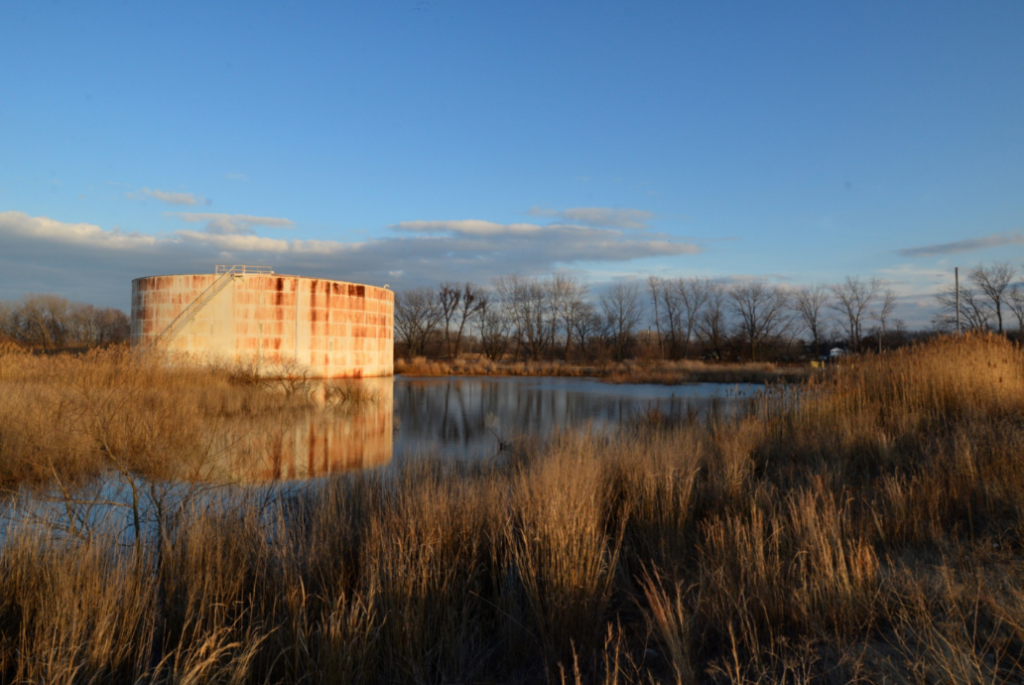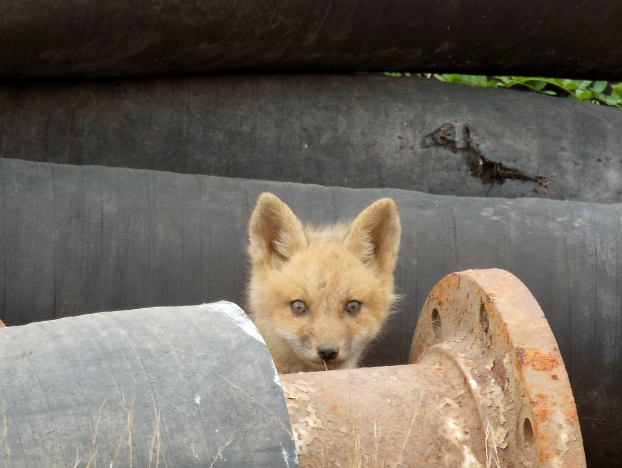October 13, 2020
DEP : It’s 2009, Island in the Delaware Is Being Returned to Nature
When outsiders think about New Jersey, what they envision is tank farms along the New Jersey Turnpike.

That image – while accurate about one small area in northern New Jersey (and a few other locations dotting waterfronts) – does not encompass the entire state.
After all, New Jersey is the Garden State. Think about these stats: Nearly 42 percent of the land is forest and approximately 29 percent is farmland. And don’t forget about the beaches, all 127 miles of coastline!
Eleven years ago, a bit of land in South Jersey went from former oil tank farm to reblossoming nature preserve.
And now, a look at 2009 …
Letting nature take its course was not always the plan for Petty’s Island.
The 392-acre island and surrounding tidal flats lies in a heavily urbanized stretch of the Delaware River between Philadelphia and Pennsauken. From the early 1900s to 2000, the island had been used by the petroleum industry for fuel storage and refining, most recently by the Venezuelan state-owned oil company CITGO.
By 2000, CITGO had ceased industrial activities on the island and sought to transfer ownership back to New Jersey, setting off a fierce battle over the future of the land. Some envisioned a major waterfront redevelopment, with luxury homes and a golf course. Others saw a rare opportunity to restore the island as a green oasis in a densely populated urban setting.
The discovery of an endangered bald eagle’s nest on the island, in particular, galvanized conservationists and complicated plans for development.

In 2009, the Venezuelan government agreed to give Petty’s Island back to New Jersey to be turned into a nature preserve.
That same year, after much high-profile wrangling among competing interests, the New Jersey Natural Lands Trust ultimately voted to accept CITGO’s offer to clean up and donate the island as a conservation easement.
Today, nature is gradually making a comeback on Petty’s Island. Where rusting oil tanks once stood, grasslands now prevail, providing habitat for native pollinators and birds. Forests, wetlands and tidal mudflats attract a variety of plants and animals, including water marigolds, ospreys, American black ducks, red foxes and beavers
Official ownership of the island is to be transferred to the trust once the restoration has been completed, which is expected in the next couple of years. Plans are being made to establish a cultural center and provide public access for hiking and nature education programs.
###
 OFFICIAL SITE OF THE STATE OF NEW JERSEY
OFFICIAL SITE OF THE STATE OF NEW JERSEY